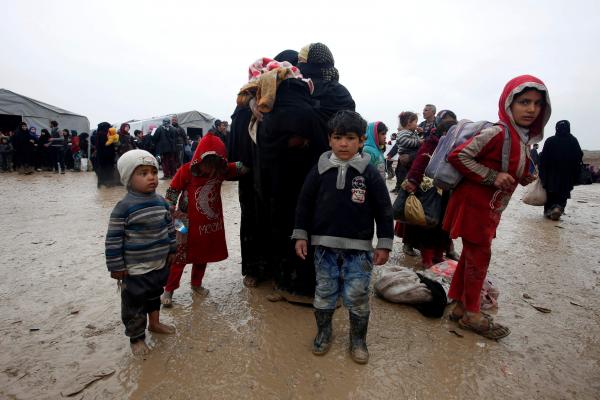Mar 24, 2017
The battle for Mosul, Islamic State's last major stronghold in Iraq, is now in its sixth month with Iraq forces backed by a U.S.-led coalition, air strikes and advisers now controlling the east side and more than half of the west.
Read the Full Article

Already a subscriber? Login
